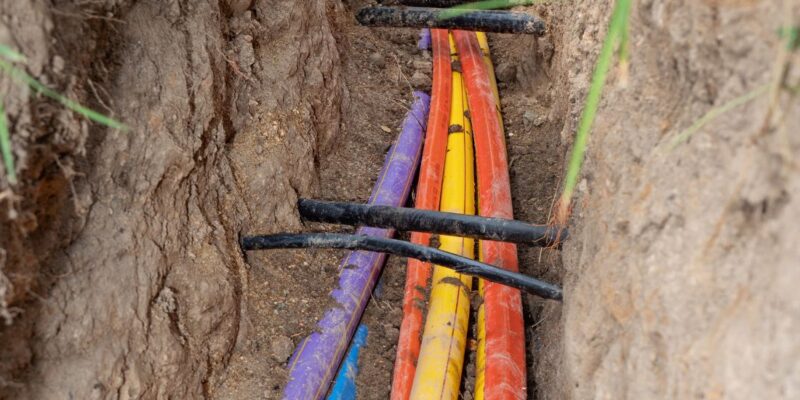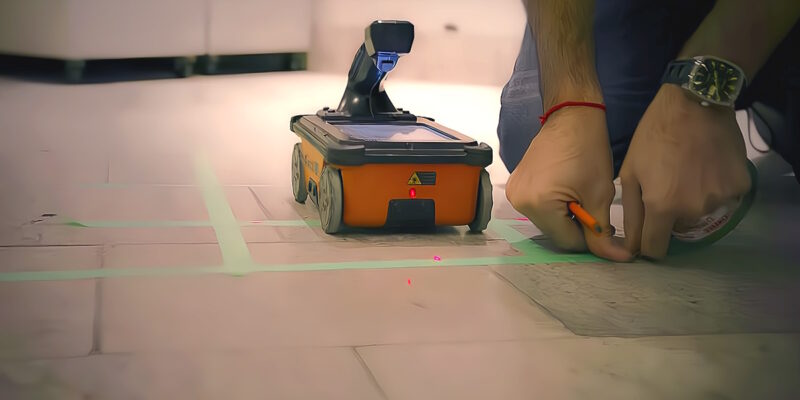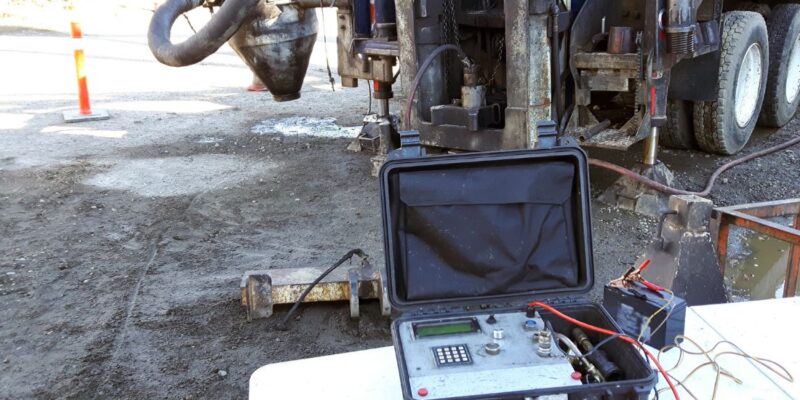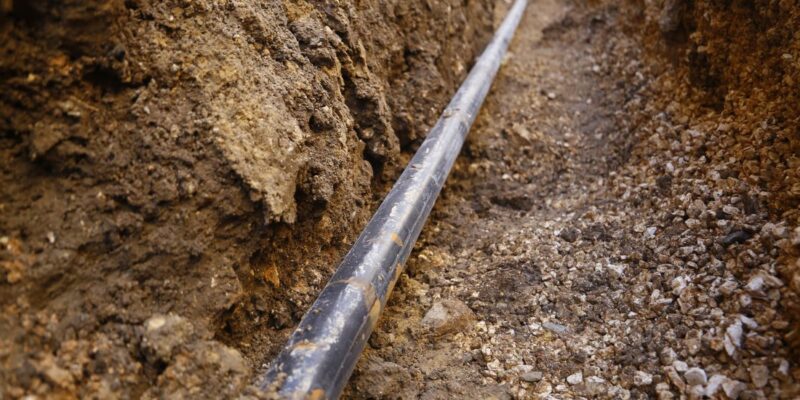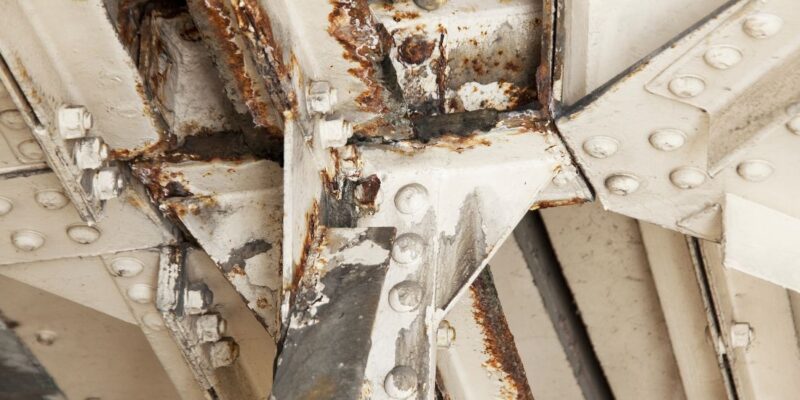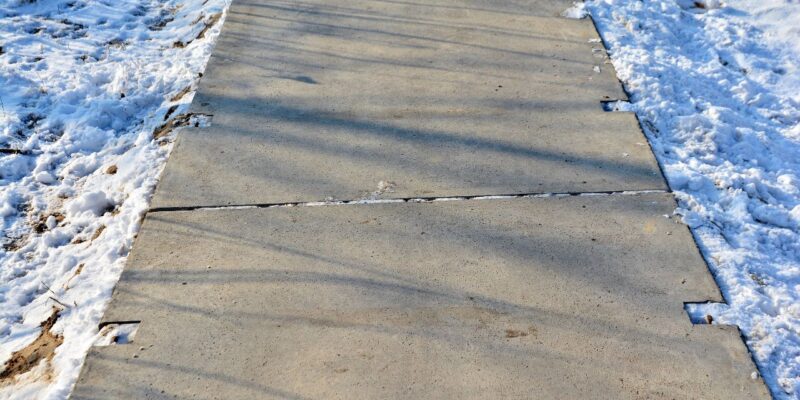Beneath our feet lies a vast network of vital infrastructure, including pipelines, cables, and other utilities. These underground networks are often overlooked until something goes wrong. This is where underground infrastructure detection plays a pivotal role, with techniques like Ground Penetrating Radar (GPR) becoming increasingly more important. Yet, simply possessing GPR equipment isn’t enough; proper training is needed to effectively navigate the subterranean maze of utilities. In this blog, we’ll explore the value of training in underground infrastructure detection, demonstrating how it ensures accuracy, safety, and efficiency.
Continue reading “The Value of Training in Underground Infrastructure Detection”
